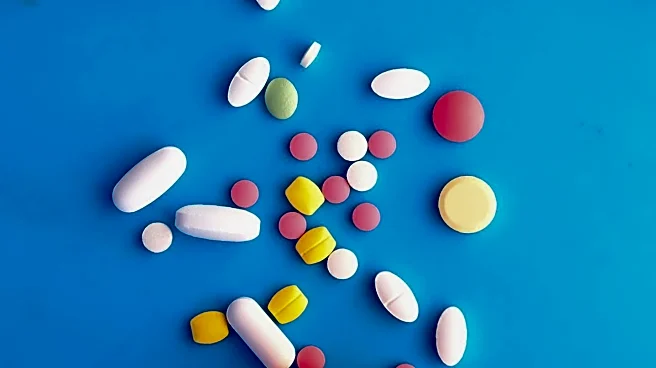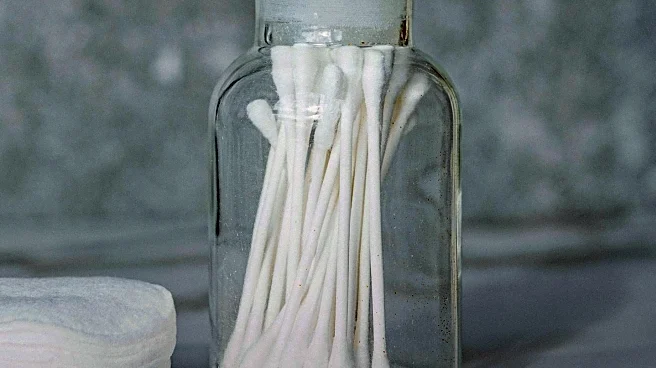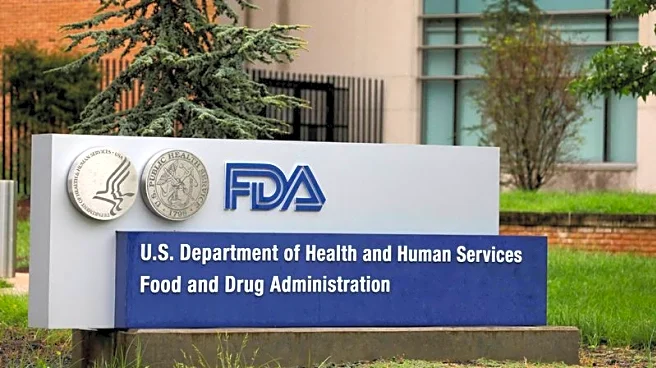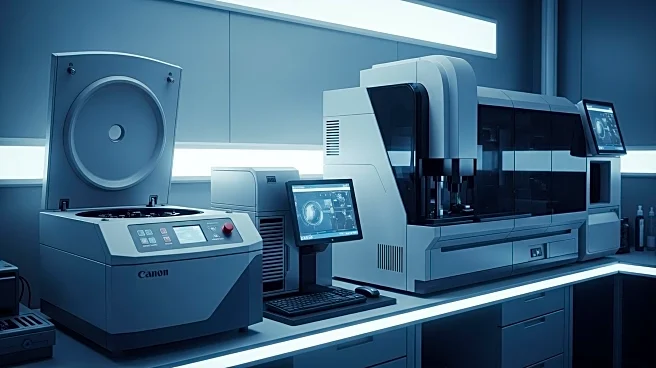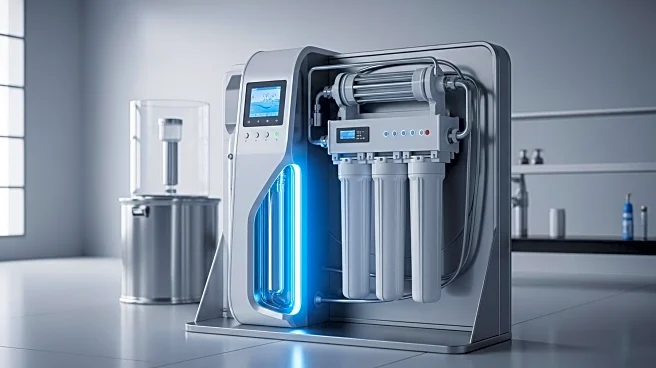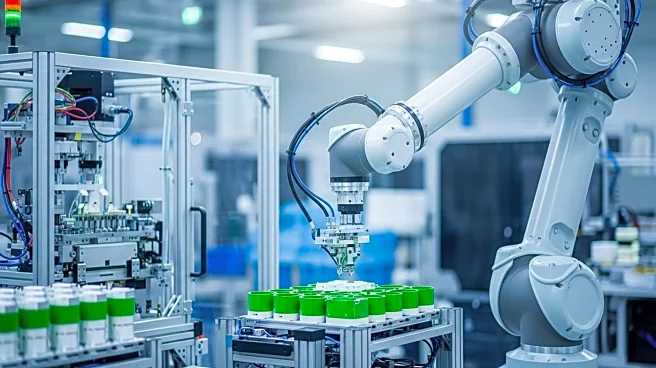What is the story about?
What's Happening?
The global medical antiseptics market is projected to grow significantly, reaching USD 4.05 billion by 2034, according to Exactitude Consultancy. This growth is driven by a compound annual growth rate (CAGR) of 5.3% from its valuation of USD 2.45 billion in 2024. The market expansion is attributed to increasing awareness of infection control, rising surgical volumes, and a growing geriatric population. Medical antiseptics, which are chemical agents used to inhibit microorganism growth on skin, mucous membranes, or wounds, play a crucial role in preventing infections during surgical procedures and everyday hygiene. The demand for effective antiseptic formulations is surging due to the ongoing battle against hospital-acquired infections, pandemics, and antimicrobial resistance. Key players in the market include 3M Company, Becton Dickinson, Johnson & Johnson, Reckitt Benckiser, and Ecolab Inc.
Why It's Important?
The projected growth of the medical antiseptics market underscores the increasing emphasis on infection prevention in healthcare settings. As hospital-acquired infections continue to pose significant challenges, the demand for antiseptics is crucial for maintaining patient safety and reducing healthcare costs associated with infections. The expansion of this market also reflects broader trends in public health, including heightened hygiene awareness post-pandemic and the need for advanced formulations that balance efficacy with skin compatibility. The growth of the antiseptics market is likely to benefit healthcare providers, pharmaceutical companies, and consumers seeking effective infection control solutions.
What's Next?
The medical antiseptics market is expected to continue evolving with innovations in formulation chemistry, focusing on alcohol-free and skin-friendly products. The integration of AI and IoT in infection monitoring systems may enhance compliance and efficiency in antiseptic usage. Additionally, the market may see increased demand for portable antiseptic formats like wipes and foams, driven by consumer convenience. As regulatory bodies emphasize infection prevention, manufacturers are likely to invest in sustainable packaging and bio-based antiseptic ingredients to meet global sustainability goals.
Beyond the Headlines
The growth of the medical antiseptics market may have deeper implications for public health policy and antimicrobial stewardship. As the industry addresses challenges like skin sensitivity and antimicrobial resistance, there may be increased collaboration between healthcare providers and regulatory agencies to ensure safe and effective antiseptic use. The convergence of clinical-grade and consumer-grade antiseptics could lead to broader accessibility and adoption, reinforcing hygiene practices across diverse settings.
AI Generated Content
Do you find this article useful?
